In the world of video games, level design plays a pivotal role in shaping the player’s experience. The best level design in games is the foundation upon which stories are told, and the playground where challenges are conquered.
Exceptional level design can transform a good game into a great one, leaving a lasting impression on players for years to come.
In this article, we want to explore the art of level design and delve into what makes the best level design in games truly exceptional.
Best level design in games: the 4 tenets
The best level design in games focuses on more than just creating a visually appealing environment; it’s about orchestrating the player’s journey through a series of challenges and experiences.
Well-designed levels can evoke emotions, guide players’ attention, and create a sense of immersion that keeps them engaged for hours.
To achieve that, four core guidelines are used as a base to create some of the best level designs in games.
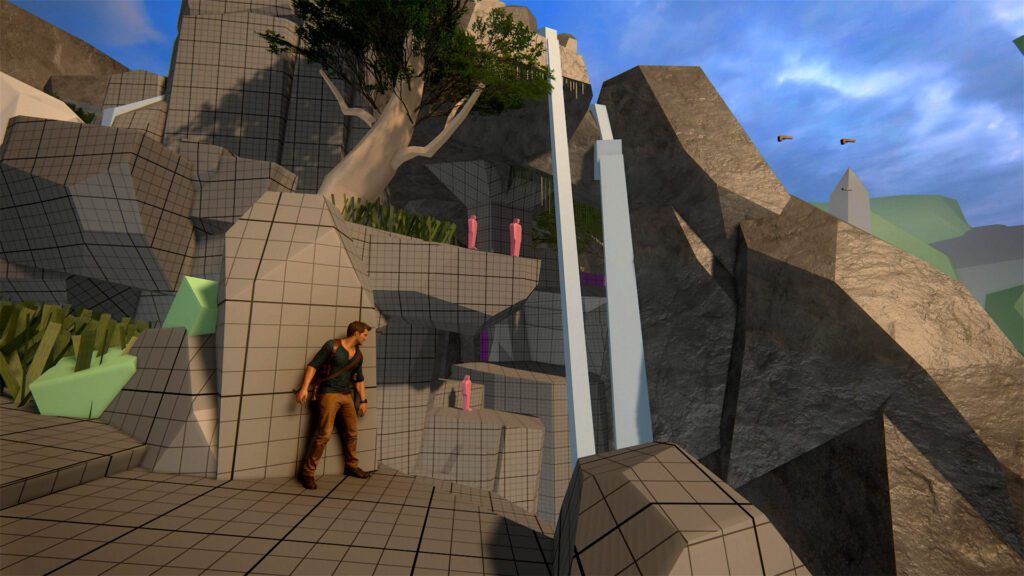
The flow of challenge level
A hallmark of the best level design in games is the ability to maintain a consistent flow of challenge. This means that players are never left feeling bored or overwhelmed.
The level should present challenges that are just difficult enough to keep players engaged without becoming frustrated.
A well-designed level knows when to introduce new elements, such as enemies or obstacles, and when to give players a moment to breathe and absorb the surroundings.
The best level design in games should introduce players to new mechanics and challenges one at a time. This means starting with simpler tasks or enemies and gradually increasing complexity.
Environmental storytelling
Exposition is usually a challenge when developing good stories in video games. Too much, and you create a sense of “information dump” on your player; too little, and you leave said player confused as to what story you are trying to tell.
But video games have the incredible potential to communicate a game’s narrative elements in a nuanced and immersive manner – going beyond the conventional methods of cutscenes and dialogues.
This alternative approach is often referred to as environmental storytelling. It plays a pivotal role in enriching a game’s lore, backstory, and character development – being an important element in the best level design in games.
Beyond the tangible elements, environmental storytelling can convey the game’s tone and atmosphere.
The lighting, weather, and ambient sounds on a level can evoke emotions and reinforce the narrative’s mood. A gloomy, rain-soaked level might suggest despair, while a vibrant, sunlit area can signify hope and renewal.
Immersion
Immersive level design is a pivotal aspect of modern video game development, with the primary goal of submerging players deeply into the game world.
This concept revolves around the meticulous crafting of game environments that feel not just real, but also emotionally engaging and captivating.
The elements that we tackled previously will already contribute to that, but there are some more elements to be considered.
The first one is sound design; after all, sound is a powerful tool in the immersive level designer’s toolkit.
Carefully crafted ambient soundscapes, including background noise, wildlife, and weather effects, contribute significantly to the sense of presence within the game world.
The sound of leaves rustling in the wind, distant thunder, or the bustling activity of a city all serve to transport players into the heart of the game’s setting.
Immersion can also be further heightened by incorporating interactive elements within the environment.
Players should be able to manipulate objects, interact with NPCs (non-player characters), or trigger events that respond realistically to their actions. This not only makes the game world feel more alive but also gives players a sense of agency within it.
And finally, player empowerment is another important aspect of immersion in the best level design in games.
When players have meaningful choices and decisions to make that affect the game world and its characters, they become more emotionally invested in the experience.
Whether it’s choosing a path in an open-world game, making moral decisions, or solving complex puzzles, these interactive elements enhance immersion by making players feel like they have a genuine impact on the game world.
Player choice
When the levels in a game are crafted to offer multiple paths and approaches, they become dynamic canvases that promote player agency, ultimately enriching the overall gaming experience.
Multi-path levels allow players to choose their preferred play style and keep them engaged, as they can revisit the same level with different strategies.
In fact, this approach encourages players to think strategically. They must assess their surroundings, consider their character’s abilities, and decide the best path forward. This strategic depth not only challenges players but also immerses them in the game world.
Players are more likely to replay levels, and the entire game, for that matter, when they know that alternative paths or strategies can yield different outcomes.
This desire to explore the road not taken increases replayability, extending the life of the game. Players may also want to challenge themselves by attempting previously unexplored paths.
Examples of the best level design in games
Super Mario 64
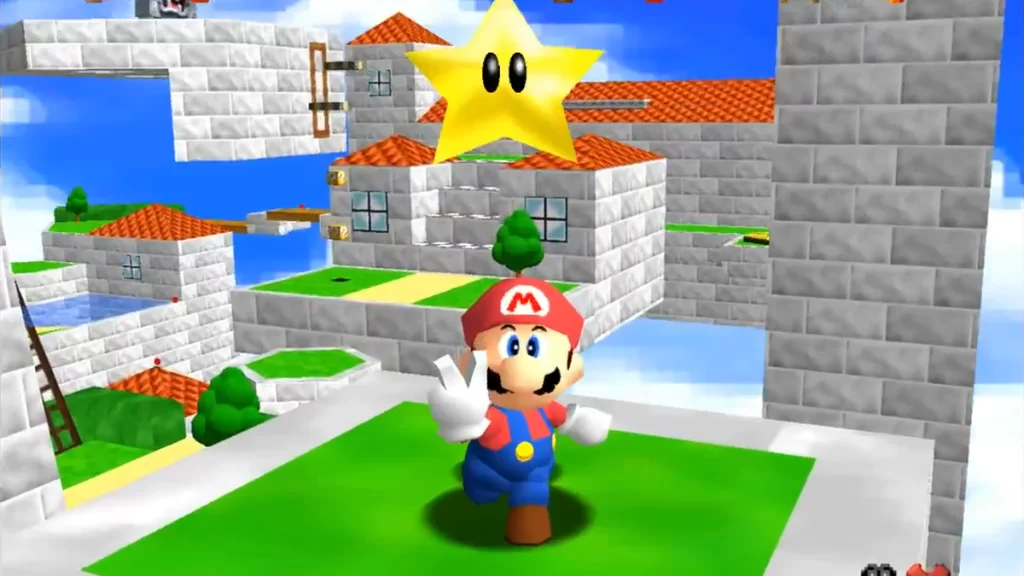
Super Mario 64, an iconic Nintendo classic released in 1996, revolutionized the world of gaming by introducing players to the exhilarating realm of 3D platforming.
This groundbreaking title marked Mario’s transition from the classic 2D side-scrolling world to a three-dimensional playground, forever altering the landscape of video game design.
One of the standout features of “Super Mario 64” was its ingenious level design. Rather than inundating players with complex mechanics and controls from the outset, the game adopted a progressive approach.
The early stages, such as Bob-omb Battlefield and Whomp’s Fortress, acted as interactive tutorials, gently guiding players through the basics of Mario’s moveset.
This thoughtful design ensured that both newcomers and experienced gamers could comfortably immerse themselves in the game’s mechanics.
Each level within Super Mario 64 was a masterstroke of creativity, boasting its unique theme and set of challenges.
From navigating a sunken ship in Jolly Roger Bay to scaling the slippery slopes of Cool, Cool Mountain, players were treated to a diverse range of experiences.
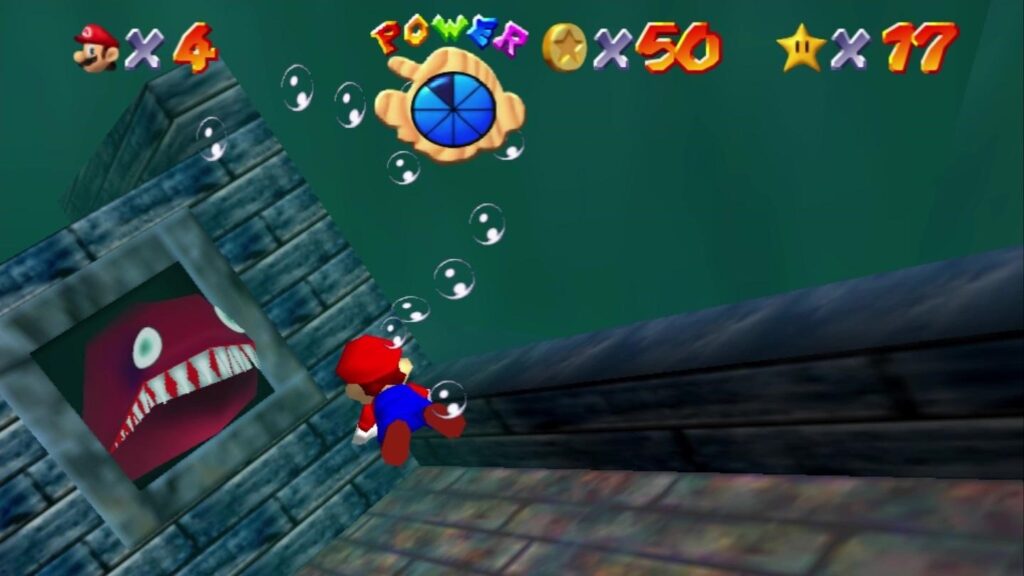
This diversity not only kept the game feeling fresh and exciting throughout but also encouraged exploration and experimentation.
Players constantly unearthed hidden secrets, discovered alternate pathways, and triumphed over a variety of foes, all while savoring the distinct flavor of each level.
The game’s sense of progression was equally brilliant. Mario’s journey through the different paintings in Princess Peach’s Castle gradually ramped up in difficulty.
Players unlocked more challenging worlds and collected Power Stars, marking their progress toward the ultimate showdown with Bowser.
This cleverly crafted difficulty curve ensured that players were continuously engaged and motivated to overcome increasingly intricate obstacles.
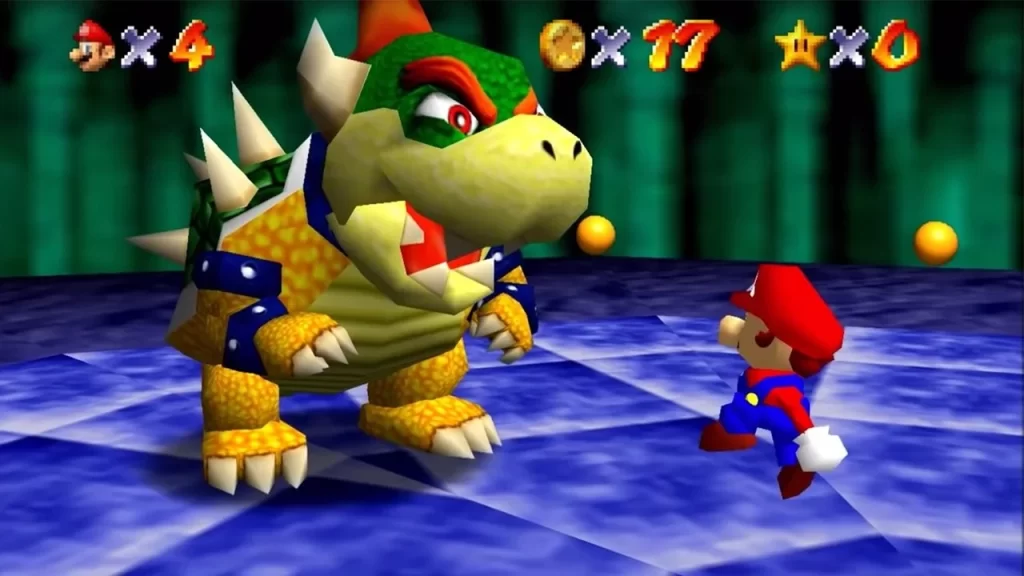
The Legend of Zelda: Breath of the Wild
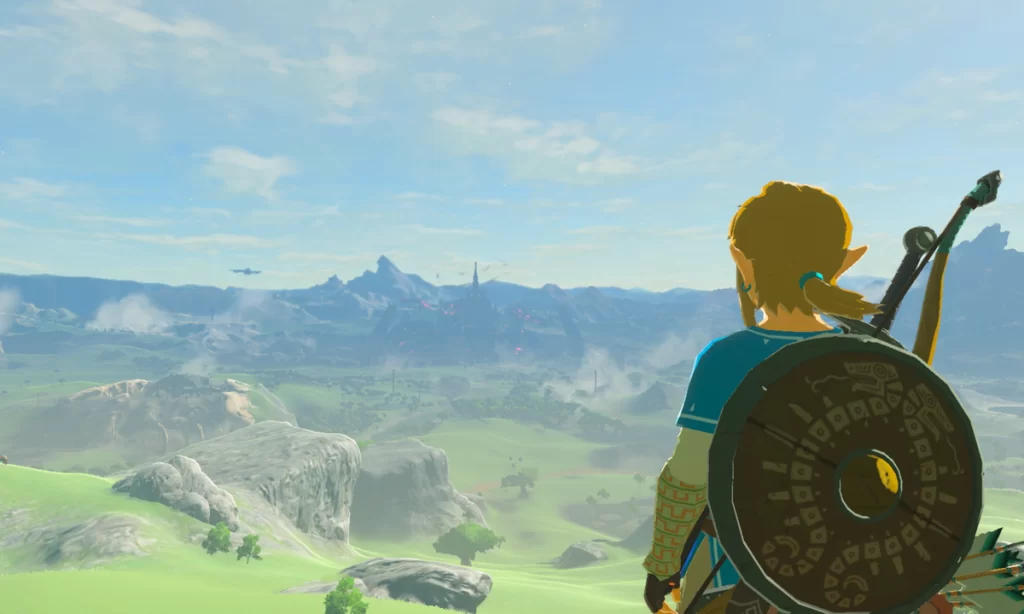
The Legend of Zelda: Breath of the Wild is a groundbreaking video game that redefined the open-world genre when it was released in 2017.
In this expansive adventure, players are transported to the kingdom of Hyrule, a vast and meticulously crafted world that serves as the backdrop for one of the most acclaimed entries in the iconic Legend of Zelda series.
Hyrule in Breath of the Wild is not merely a setting; it’s a character in its own right. The game introduces players to a breathtakingly diverse and immersive open world that teems with life and surprises around every corner.
From lush forests, rolling plains, and serene lakes to towering mountain ranges, arid deserts, and treacherous canyons, the game’s environments are as varied as they are beautiful.
Each region in Hyrule has its distinct climate, ecosystem, and challenges, which contribute to a sense of realism rarely seen in open-world games.

One of the standout features of Breath of the Wild is its commitment to player agency. Unlike many games with rigid mission structures, players are given unparalleled freedom to explore and tackle objectives in any order they desire.
Whether you choose to engage in epic battles with powerful foes, embark on a quest to unearth the hidden history of Hyrule, or simply roam the countryside in search of adventure, the game adapts to your choices and play style.
This sense of freedom is further enhanced by the game’s innovative physics engine and extensive interactivity.
Players can experiment with a wide array of tools and abilities, including the iconic paraglider, which allows them to soar above the landscape, and the Sheikah Slate, a mysterious device with various functions like creating ice pillars or manipulating metallic objects.
These tools, coupled with the dynamic weather system and day-night cycle, create a living, breathing world where every action has consequences.
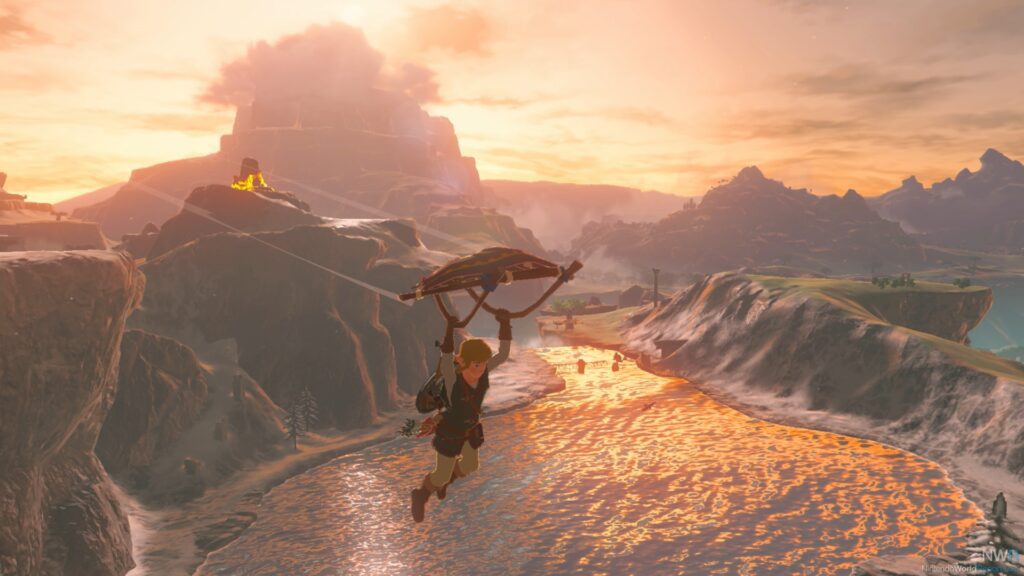
As players traverse the land, they encounter countless landmarks, hidden shrines, and quirky NPCs, each with their own stories and challenges.
The shrines, in particular, offer bite-sized puzzles and trials that reward players with valuable Spirit Orbs, which can be exchanged for enhancements to the protagonist Link’s abilities.
This encourages exploration and experimentation, as players are constantly driven to uncover secrets and improve their character.
Half-Life 2
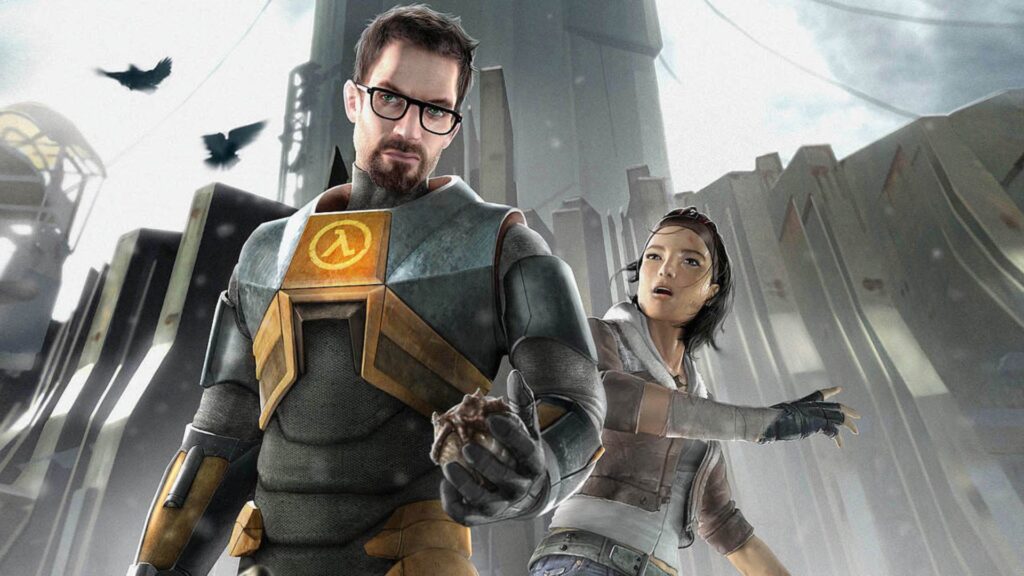
Half-Life 2, developed by Valve, stands as an iconic masterpiece in the world of video games, renowned not only for its innovative gameplay but also for its meticulously designed levels that effortlessly blend storytelling and interactive gameplay.
Among the many exemplary levels in the game, “Ravenholm” is a standout example of how the careful crafting of atmosphere and pacing can elevate a gaming experience to a whole new level of immersion and memorability.
The dedication to environmental storytelling used in Ravenholm is an example of how the concept can be used to perfection.
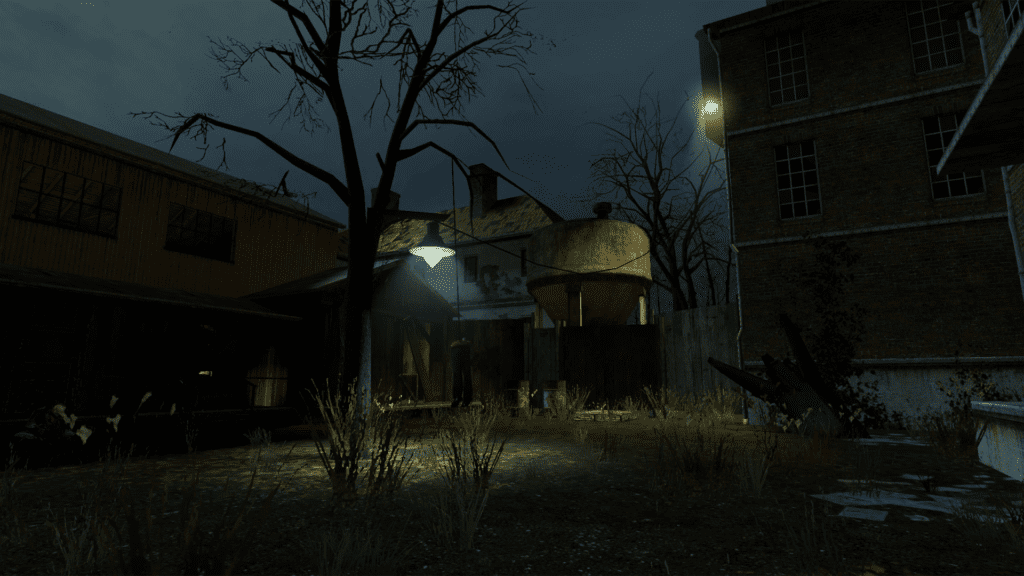
Located in the Eastern European wasteland infested with zombies and other nightmarish creatures, the level immediately immerses players in a harrowing and eerie atmosphere.
This stark departure from the urban and industrial settings of the previous levels creates a sense of isolation and dread that is palpable from the moment you step into the town.
The pacing in the level is a masterclass in suspenseful gameplay. Valve expertly employs a combination of ambient sound design, dim lighting, and unsettling environmental details to keep players on edge throughout their journey.
The scarce resources and limited ammunition available further heighten the tension, forcing players to rely on their wits and the environment to survive.
This scarcity of resources forces players to utilize the gravity gun in creative ways, adding another layer of gameplay depth to the experience.
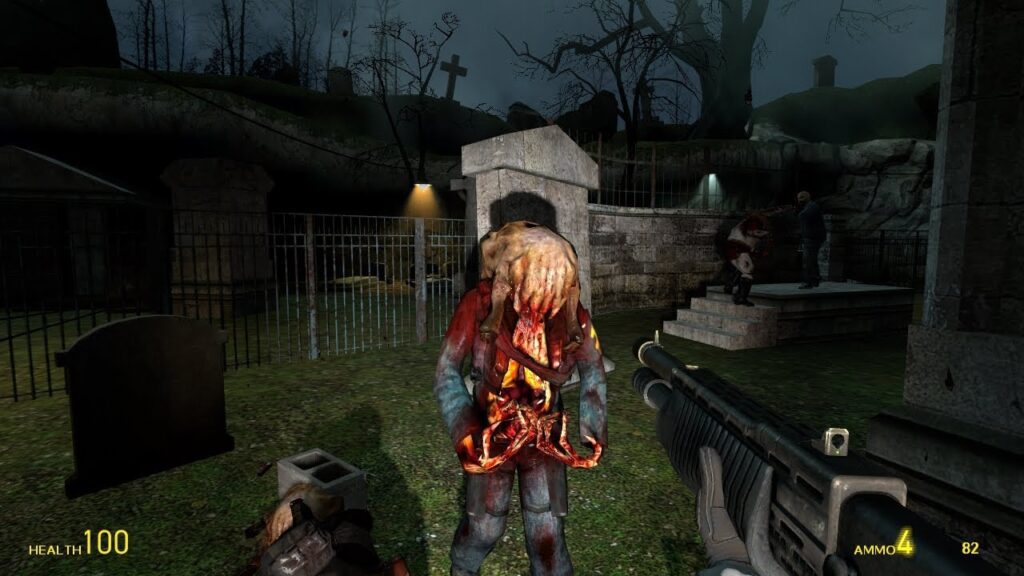
Dark Souls
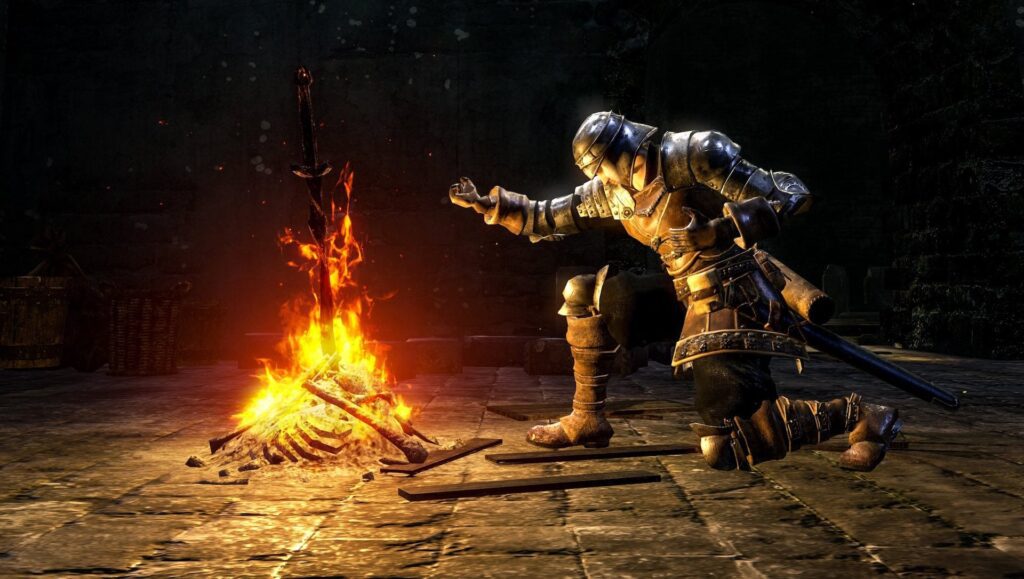
To finish our list of games that are an example of masterfully crafted design, let’s talk about Dark Souls. You see, it is impossible to discuss the best level design in games without talking about Dark Souls.
The series has earned its reputation as one of the most iconic and challenging franchises in the realm of video games. Its unique approach to level design, which seamlessly weaves a complex, interconnected world, serves as one of its defining features.
In Dark Souls, the entire game world feels like a living, breathing entity. The levels are not isolated experiences but interconnected in ways that defy traditional game design norms.
The intricate web of pathways and shortcuts creates an immersive and believable universe. This design philosophy encourages players to approach the game world with a sense of curiosity and intrigue, always wondering what lies around the next corner or beyond the next fog gate.
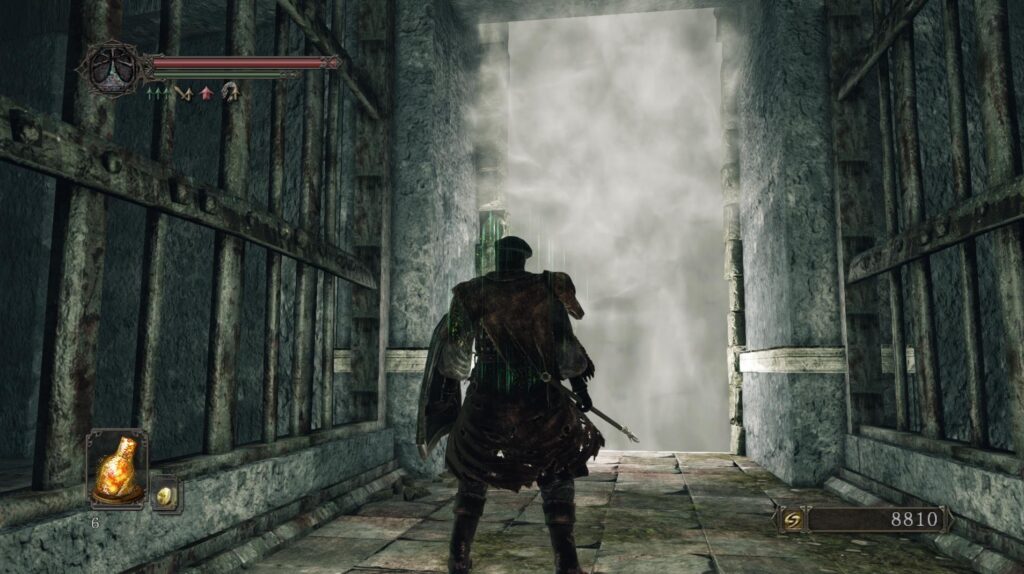
One remarkable aspect of Dark Souls is its commitment to player engagement through exploration and observation.
Instead of bombarding players with lengthy cutscenes or extensive expository dialogue, the game encourages them to actively learn about the world through their own actions.
As players traverse the treacherous terrain, they piece together the lore and history of the game’s universe by observing environmental details, deciphering cryptic item descriptions, and engaging in conversations with the few non-playable characters they encounter.
This method of storytelling not only fosters a deeper connection between the player and the game world – but also allows for a more personalized and immersive narrative experience.
The level design in Dark Souls not only presents formidable challenges but also rewards players for their dedication and tenacity. These challenges include epic boss battles, which are a hallmark of the series.
Dark Souls has some of the most memorable and thrilling boss battles of the entire video game history, adding to the complexity and lore of the game as a whole and establishing it as having one of the best level designs in games.
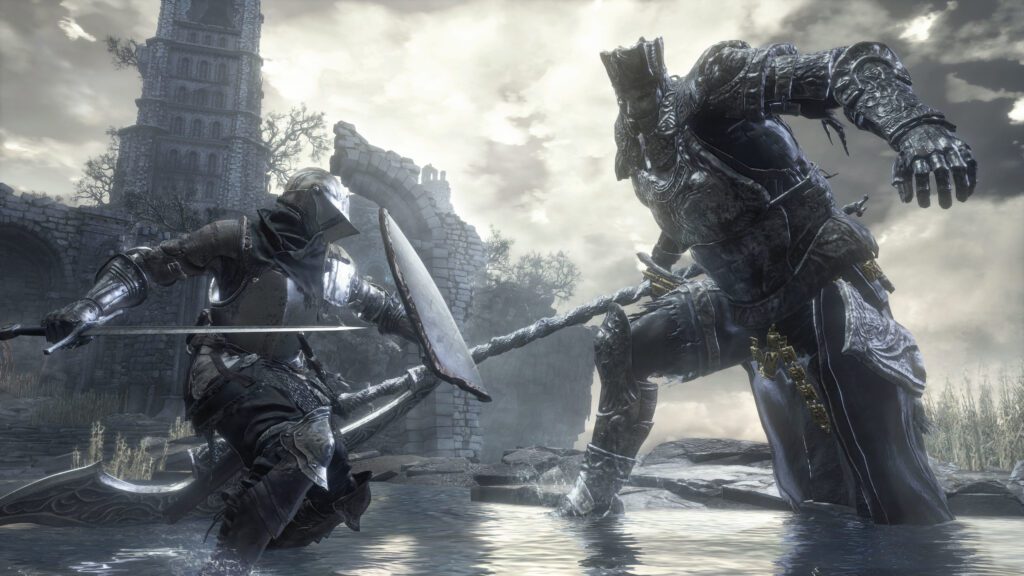
Crafting the best level design in games
Exceptional level design is a hallmark of great video games. It goes beyond aesthetics, diving into the intricacies of player engagement, storytelling, and gameplay.
The best level design in games creates immersive, memorable experiences that stay with players long after they’ve put down the controller. And as game development continues to evolve, level design remains a crucial aspect of crafting unforgettable gaming adventures.
Whether you’re a player or a game designer, understanding and appreciating the art of level design can enhance your gaming experiences and elevate the games you create or play.
We here at Main Leaf, with our 11 years of experience in the world of game development, have had the opportunity to experience the development in the industry and see firsthand the evolution of the best level design in games.
We hope you liked our article. And if you did, you can find many more in our blog – where we talk about several different subjects regarding the world of gaming development.
By the way, if you need help with your dream project, don’t hesitate to contact us! We can launch your game sooner than you think!

